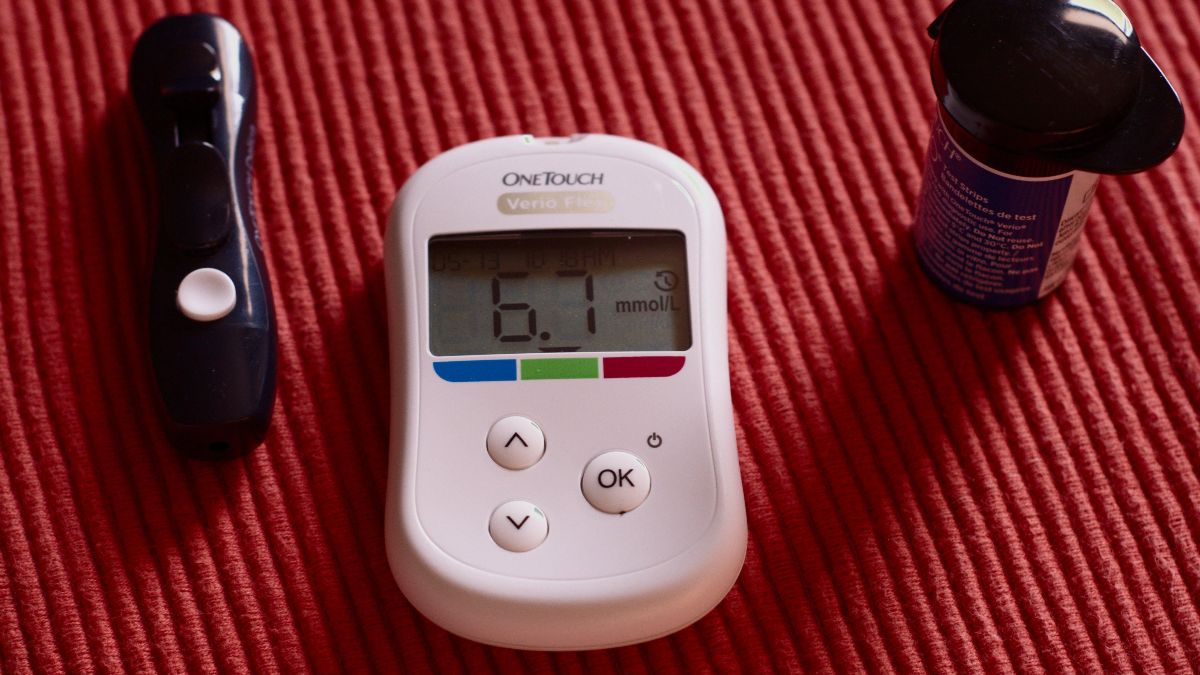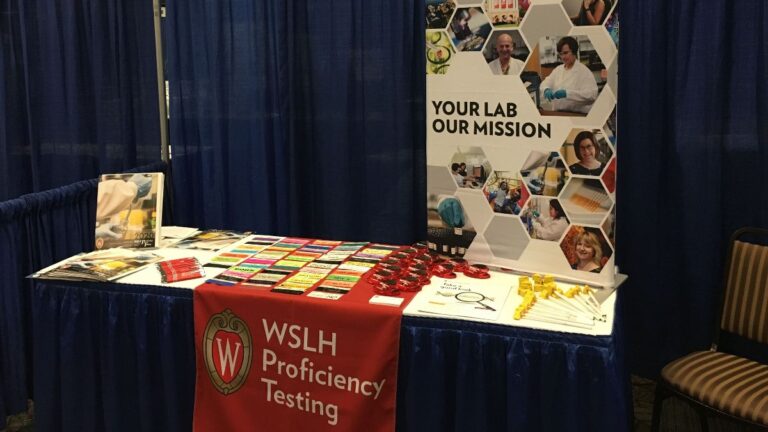
This article is featured in our monthly newsletter, The MedLab Retriever. Sign up to receive your digest of clinical lab news, memes, and more:

Laboratory professionals are seeing more and more testing moving away from the central lab. The tests might be at bedside, in the phlebotomy station, in radiology, the emergency room, ICU, and even at home. These tests are being performed by nurses, clinicians, and medical associates. Additionally, medical professionals are sending more complex testing that does not require rapid turnaround time to reference laboratories.
What does that mean for the average hospital or clinic laboratory? What is our role as professional laboratorians in this changing environment? What are the advantages and disadvantages of this exodus of testing from the main lab?
Point-Of-Care Testing (POCT) has enabled rapid results to be obtained while remaining with or near the actual patient. The advantages of this proximity of processing tests to the patient are apparent in the ability to administer insulin
or other life-saving medicines within moments clearly improving patient outcomes. In the case of radiology, another advantage is efficient workflow as a technician is able to evaluate the safety of administering contrast media through sampling creatinine (kidney function) levels. Obviously, these advantages are significant when it comes to patient outcomes, but there are risks as well.
POCT, from the individuals who are asked to conduct the tests to the test quality itself, comes with a number of concerns that are exacerbated by the increased proliferation of such tests. The greatest risk is the fact that you are placing testing in the hands of individuals who have not been trained in understanding the importance of quality control and in recognizing poor results. Therefore POCT is often considered the lowest element on their patient care list. My sister has lived this experience. In her 40 years as a registered nurse, she says, her focus was patient comfort. While testing was something that had to be done, there were far more immediate concerns that had to be addressed. An excellent educational foundation sets up individuals for success. Given that the education of laboratory professionals gives primary focus to the study of analytical procedures, testing done in a core laboratory lends to more reliable, quality patient testing.
There are certainly benefits and risks to weigh in medical professional settings when deciding to outsource testing from the core laboratory. This not only includes POCT but sending tests to reference laboratories. Weighing delays created by sample transport for referral testing against patient outcomes must be a consideration since test results drive the majority of medical decisions. Norman Moore, PhD, director of scientific affairs for infectious diseases at Alere Inc. says that, “the main advantage is that outsourcing usually saves cost per test. However, we are finding that the cost savings on a test level are not balanced by the cost on a patient level in most instances.” Often clinics and hospitals may decide to outsource given that a referral lab can process many tests at a time versus at the pace of the technician or technicians available to process tests one-by-one in house. The ability for referral laboratories to process large batches of testing samples is often also seen as a way to address laboratory staffing shortages. Dr. Moore adds that outsourcing for the purpose of cost-saving is not very advantageous for patient care, given that referral testing delays access to results which, in turn, delays the healthcare provider’s ability to provide a timely diagnosis for the patient.
During the winter time, when the spread of respiratory infections are at their peak, it is important to diagnose and treat early. Furthermore, this need for a quick testing response is more acute in emergency room settings to address emergent patient needs. Outsourcing, especially in context of the growing availability of more samples that can process multiple tests at once, is not sustainable in the long-run, regarding budgets and, ultimately, patient care. It seems that keeping testing in-house, while also addressing laboratory staffing shortages that put a strain on providing timely, accurate patient testing brings us back to the question of Point-Of-Care Testing to help alleviate challenges.
POCT is a proven approach for providing a faster turnaround time of laboratory results. What must be addressed now, as companies continue to improve POCT equipment, is how hospitals and clinics can assure best practices in POCT. I would encourage laboratories to actively engage in training, quality control and proficiency testing for the point of care testing areas. Last year, AACC released a guideline that can help administrators and lab leadership define POCT performance in their facilities. The key questions that they ask are:
- What is the value of an interdisciplinary committee to oversee POCT?
- Does education improve POCT performance?
- What is the optimal staffing model for POCT?
- Do proficiency testing (PT)/external quality assessment (EQA) programs improve POCT performance and patient outcomes?
- Does data management improve POCT outcomes?
- How should staff select POCT devices?
- How does POCT improve process?
I would highly recommend that facilities use this guideline to not only help define their current POCT performance but to help develop best practice in POCT.
Several years ago, the AACC released an article aimed to help facilities improve POCT compliance through preparing staff for routine inspection. If nurse leadership and other medical staff responsible for POCT know what questions inspectors may ask and what staff can anticipate, the work towards the standardization of accurate POCT can start to become more integrated among all staff involved. In other words, preparing for a POCT inspection can serve as a starting point for staff to start defining POCT performance and to start implementing best practices in POCT.
In addition, testing across multiple platforms should occur to prevent discrepancies between in-lab testing and POCT. I would also caution that the laboratory evaluate testing to remain in house vs. sent out based on patient critical need. If facilities intend to rely on referral testing, the referring laboratory must ascertain and have available the credentialing of the reference laboratory such as the CLIA and/or CAP certificate.
Point-Of-Care Testing is here to stay. Outsourcing lab work is a strategy that isn’t going anywhere. These facts highlight the importance taking a closer look at our current practices outside of the core laboratory and weighing them against our patient care outcomes, especially if we are approaching our questions from a cost-benefit analytical framework. Professional organizations such as the AACC have provided the latest resources to help hospital and clinic staff to improve POCT best practices and assure POCT compliance.
Take advantage of those resources and keep an eye on helpful articles from proficiency testing providers and regulatory agencies for helpful tips and guidelines to tease out the more complex side of planning, organizing, and coordinating POCT and referral testing. Core laboratories are encouraged to partner with nursing staff and other medical personnel to create training infrastructure on POCT analysis. Laboratory staff can also help implement a routine, internal audit of POCT practices that is POCT compliant with regulatory agencies, which in turn, helps everyone involved be inspection ready.
Reference: The Shift to Point of Care Testing: In Clinical Chemistry Q&A, lab industry leaders look at impact of technology, reimbursement, other factors in move from hospital-based settings.
Date: NOV.12.2015 // Source: CLN Stat

